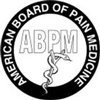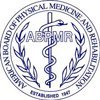Understanding the Causes of Upper Back and Chest Pain
Upper back pain and chest pain occurring together can be especially concerning because vital organs, such as the heart, may potentially be involved. An understanding of the symptoms, underlying mechanisms, and causes of this type of pain can help differentiate between a commonly occurring condition and a medical emergency.
























